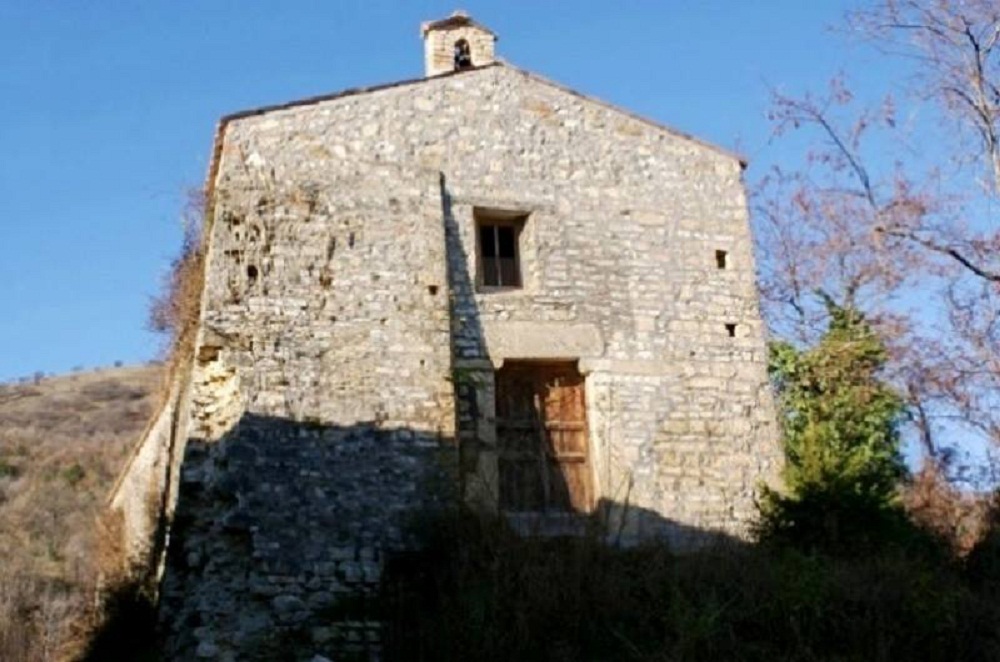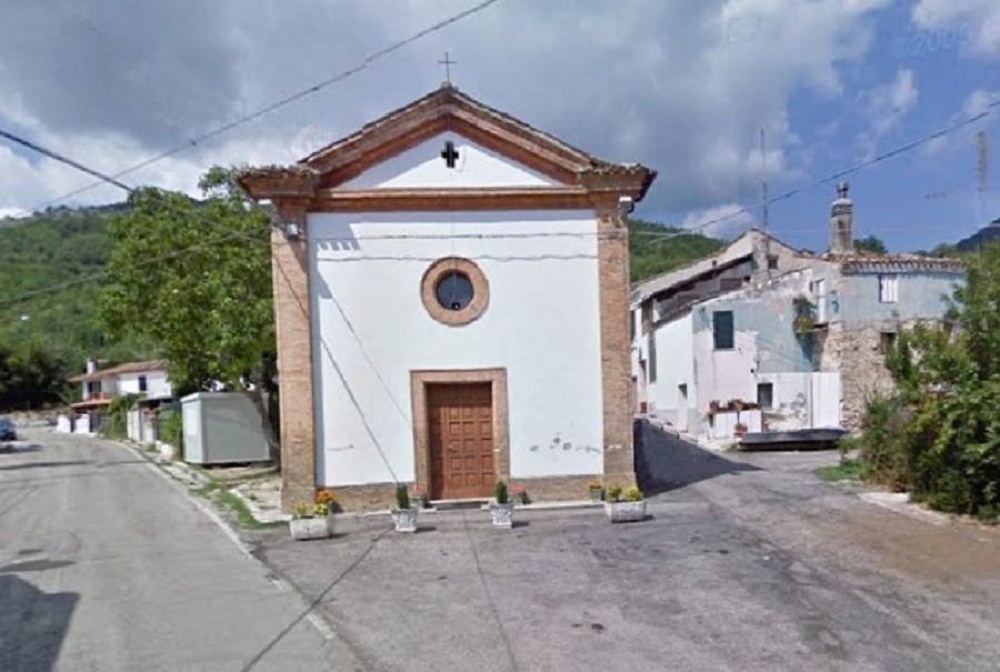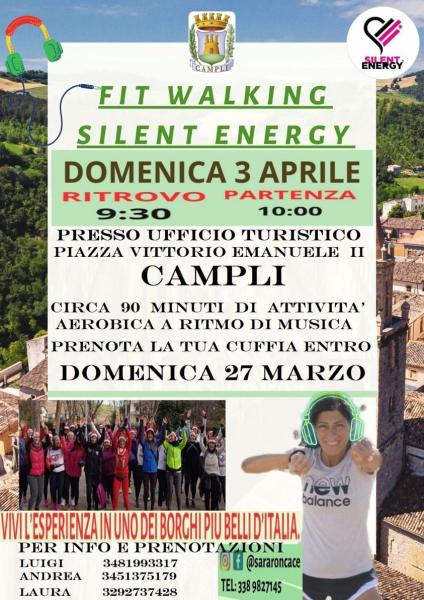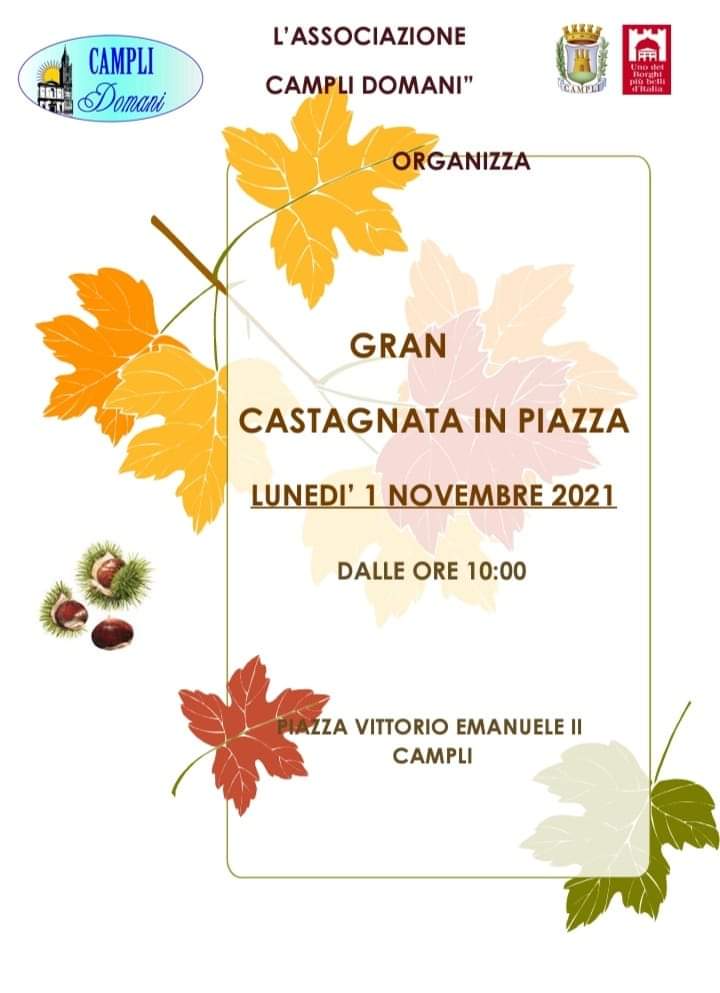Roiano
At the foot of the Twin Mountains stands the nineteenth-century and modern village of the hamlet of Roiano of Campli. Some interesting late eighteenth century buildings built with unworked stones, but well aligned and tied with mortar, well-squared edges and wooden architraves.
A house also has brick shelves on the sides of a window, a portal with a volute on the arch above, a gafio (pedestrian passage) and the typical peasant houses with stables and sheds on the ground floor and houses on the upper floor, usually connected by an external staircase with a loggia.
The Parish Church of S. Maria dates back to the late nineteenth century and replaces the dilapidated S. Maria ad Venales in the Le Venali district. The interior, with a single nave, preserves two large canvases on the sides of the altar (Deposition of Christ and Madonna of Pompeii), a Madonna enthroned by now without a Child, a clay statue of the Nocellese school, and a nineteenth-century chandelier. Roiano was part of the Melatino fiefdoms. In 1527, the year of the plague, a church dedicated to S. Rocco (no longer existing) was erected, at the behest of a certain Bartolomeo Ciaffoni. The etymology derives from a Roman predial (rustic background) with the Latin name "Roius".







